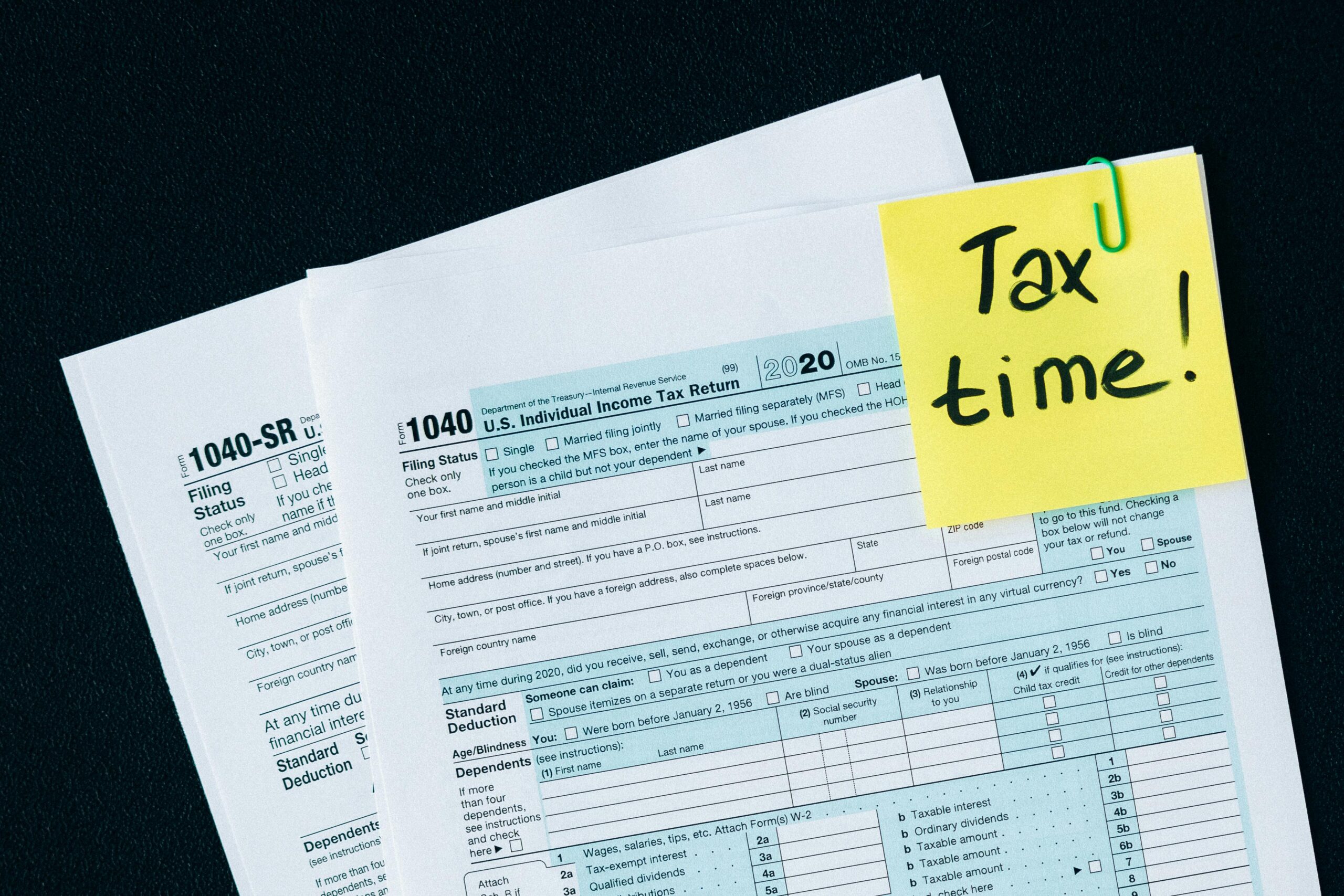The story of the development and protection Copyright has its beginnings in the history of Ancient Greece and the Roman Empire. At that time, however, it cannot be copyright as it is known today. Economic rights at that time were not recognized. The concern of the authors of that time was to identify them as authors of their writings. Economic rights began to be claimed only by the end of the 15th century when printing was invented. By that time, copying a manuscript was a slow and complicated process, mostly performed by monks.
With the creation of the ability to print books easily and freely, the issue of piracy came up. By the end of the 15th century, printing technology in England facilitated rapid multiplication as well as the distribution of copies of written works, so the King decided to exercise the royal prerogative to regulate the book trade.
Many decrees were issued in England at that time, but they were intended merely to control the content of what was printed. The monopoly of book printing was given to the guild system of printing houses, which had to check whether the books being printed were hostile to the Church or the King.
From the beginning of the 18th century, book publishers in England pressed for a new type of copyright regime that would focus more on property rights than censorship. They demanded that copyright be an eternal right that belonged to booksellers, as were landowners’ rights. Thus in 1709 the first copyright act in the United Kingdom came into force, the Statute of Anne of 1709, which became law in 1711. The statute protected copyright in books and writings by others.
The statute did not fulfill many of the wishes of the booksellers. He decided that the authors themselves would be the ones who should benefit from copyright and not the booksellers. Also copyright was conceived as a right that lasted up to 14 years and could be renewed for another 14 years. The statute, therefore, was intended to protect the consumer by banning the monopolies of printing and book publishers. The offenses went into public possession as soon as the term of protection expired.








